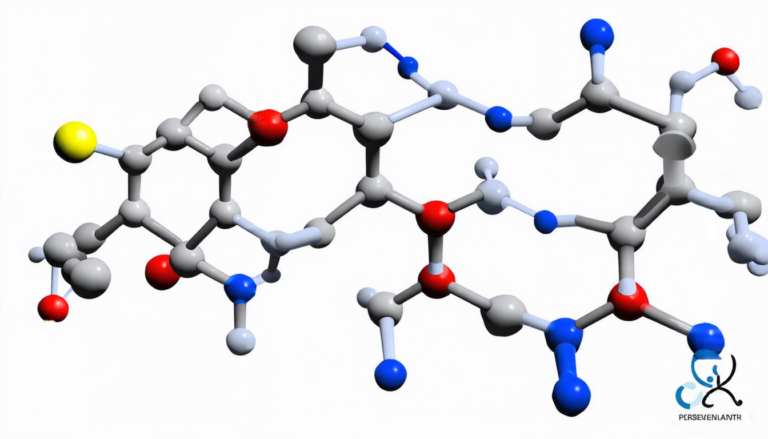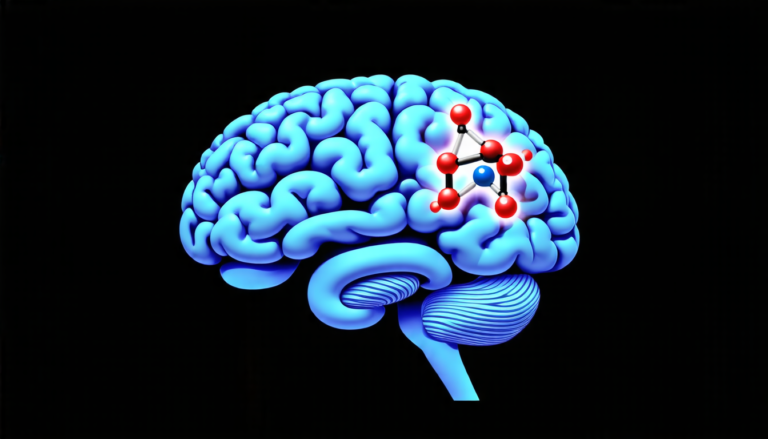Thursday 22 May 2025
Scientists have long been fascinated by the mysterious forces that shape and move cells, the building blocks of life. Recently, researchers made a significant breakthrough in understanding how these tiny structures respond to their environment.
Cells are incredibly dynamic, constantly changing shape and moving around to fulfill various functions such as sensing the world, communicating with other cells, and even migrating to new locations. But what drives this movement? Is it just random chance or is there some underlying mechanism at play?
To get to the bottom of this question, researchers developed a clever method to measure the tension within cell membranes. By analyzing these tensions, they discovered that changes in membrane tension can actually trigger specific cellular behaviors.
One fascinating finding was that increased membrane tension can lead to cells moving faster and more efficiently. This makes sense, as tighter skin would be better suited for rapid movement than loose, flaccid skin. But what’s even more remarkable is that this process happens on a very small scale – we’re talking about changes in membrane tension equivalent to the difference between a gentle breeze and a strong gust of wind.
Another important discovery was that cells can adapt to their environment by adjusting their membrane tension accordingly. For instance, when faced with a sticky surface, a cell might increase its membrane tension to better resist the stickiness. This flexibility is crucial for survival, as it allows cells to respond to changing conditions and stay healthy.
The researchers used advanced computer simulations to model how cells behave under different conditions. They found that their models accurately predicted real-world cellular behavior, giving them confidence in their findings.
These discoveries have significant implications for our understanding of cell biology and could lead to new insights into diseases such as cancer. Cancer cells often exhibit abnormal membrane tension patterns, which may contribute to their uncontrolled growth and spread. By better understanding these mechanisms, scientists may be able to develop more effective treatments for this devastating disease.
In the future, researchers hope to build upon these findings by exploring the intricate relationships between cell membrane tension, cellular behavior, and environmental factors. As we continue to unravel the mysteries of cellular dynamics, we may uncover new ways to promote health, prevent disease, and improve our understanding of life itself.
Cite this article: “The Tension Within: Unlocking the Secrets of Cell Behavior”, The Science Archive, 2025.
Cell Biology, Membrane Tension, Cellular Behavior, Environment, Cells, Cancer, Disease, Health, Simulation, Dynamics







